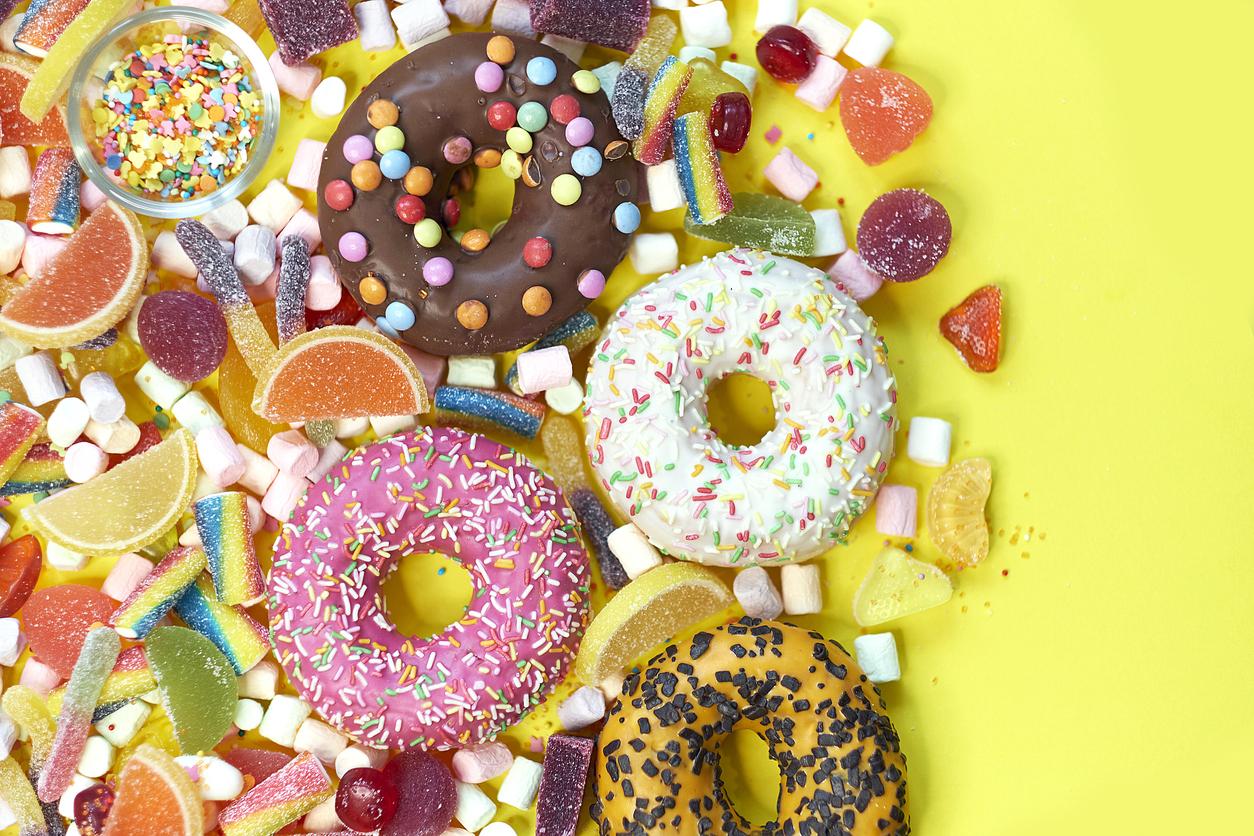Almost everyone has suffered or will suffer from hypoglycemia at some point in their life, a condition that corresponds to a lack of sugar in the blood.

- Hypoglycaemia is due to too low a blood sugar level, i.e. below 0.6 or even 0.8 g per litre.
- Some symptoms then appear: bad mood, dizziness, headaches, tremors, etc.
- In case of hypoglycemia, you must quickly eat a piece of sugar or bread, for example.
Our brain is a very big consumer of energy and therefore of sugar. It’s easy to understand when you think about the totality of the tasks it has to manage to make our body work properly. Moreover, the body considers it a priority, and rightly so… So, as soon as the brain senses that the fuel is going to run out, it is the first to express its displeasure. Quite violently… By releasing hormones, adrenaline and noradrenaline, which are stress hormones. They are responsible for preparing the body for danger.
In case of hypoglycemia, the same process occurs: these hormones prepare the brain for the worst.
If nothing is done, the chain of reactions is impressive:
- The first is mood, an unexplained feeling of anger and brutally maladaptive behavior.
- Then, a “haze” begins to invade the brain: we feel unable to think, reason or concentrate on a simple thing.
- Reactive functions deteriorate: speaking becomes difficult, walking is impossible.
At this stage, it is urgent to sit down and act, that is, to eat sugar.
Fortunately, the entourage realizes that something is out of the ordinary, in particular because the hypoglycemic person is sweating, shaking, is pale and dizzy.
If there is no reaction (fortunately, the feeling of hunger can guide the diagnosis), the rest of the story can be dramatic. Severe hypoglycaemia can indeed evolve into fainting, epileptic seizures and coma.
Hypoglycemia: how to act?
Diabetics, who know this feeling, always have a piece of sugar with them. It’s a great solution for those looking to experience the joys of physical activity while eating a little less. You can add a piece of bread if the session lasts more than an hour.
If the stroke occurs at home, it is wise to provide an antidote. In this case you can favor protein sources.
In the worst case, if we wait too long, the magic sugar cube will still be there. However, avoid dried fruits or nuts, even biscuits, drinks, anti “stroke” pasta, no better than a piece of bread, and expensive. After the unpleasant moment, you will very soon have to eat one of the foods mentioned above.
Blood sugar: knowing if my blood sugar level is correct
Blood sugar levels are measured using a very simple test called blood glucose:
- Less than 1.10 grams per liter is perfect.
- Between 1.10 and 1.25 grams is a pre-diabetic state that must be checked carefully.
- Above 1.25 grams is diabetes.
Symptoms of hypoglycaemia appear below 0.60 or even 0.80 grams per liter of blood.
You should do this blood test on an empty stomach, because of course the sugar you eat can affect the results, just like exercise can do the opposite. A new indicator in our blood, HB1C, sometimes called glycated hemoglobin, tells us about the average blood sugar level over a 3 month period, whereas blood sugar is only a one-time measurement, once at a given moment. Simply put: blood sugar is the picture, HB1C is the movie. The normal value of the HB1C is between 4 and 6, above 7, one is diabetic.
















